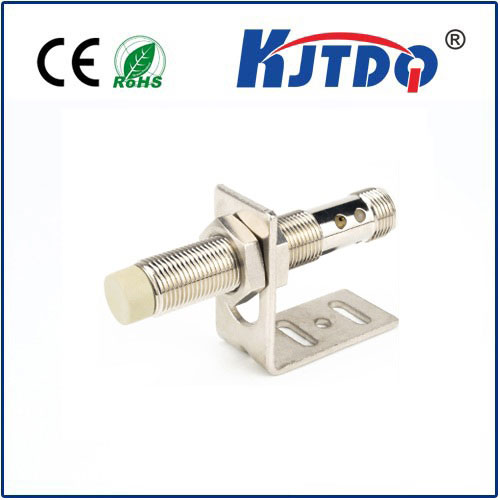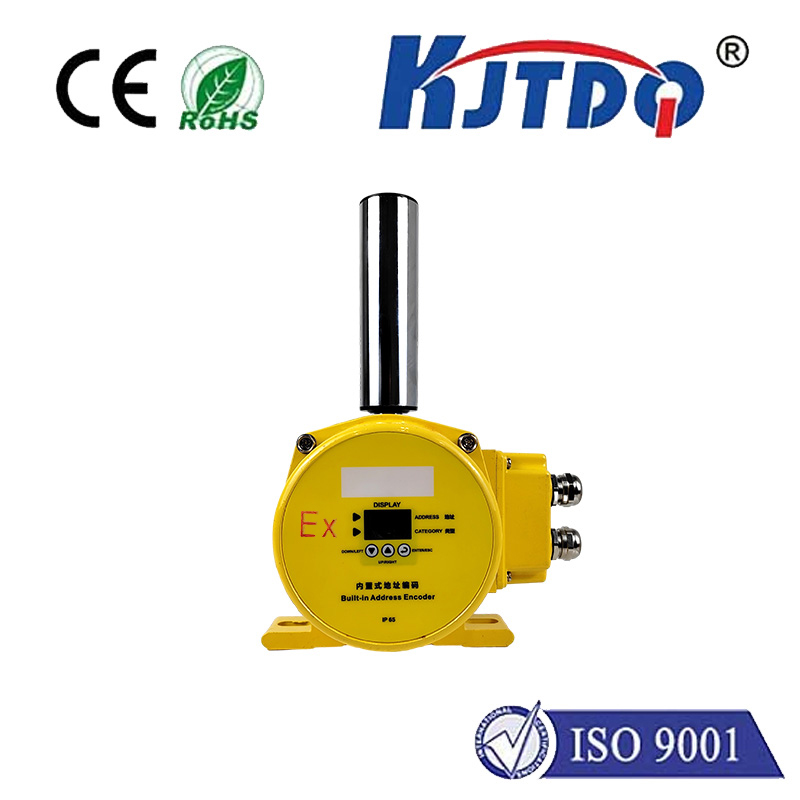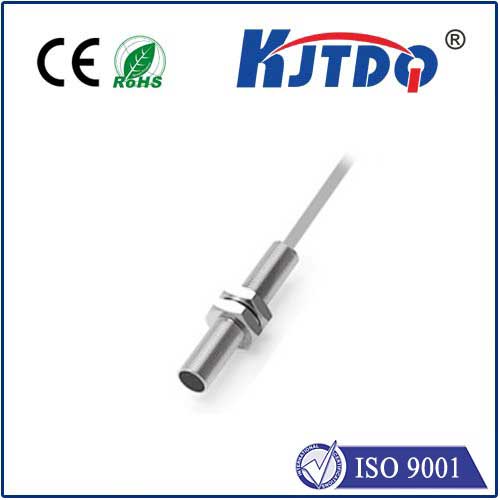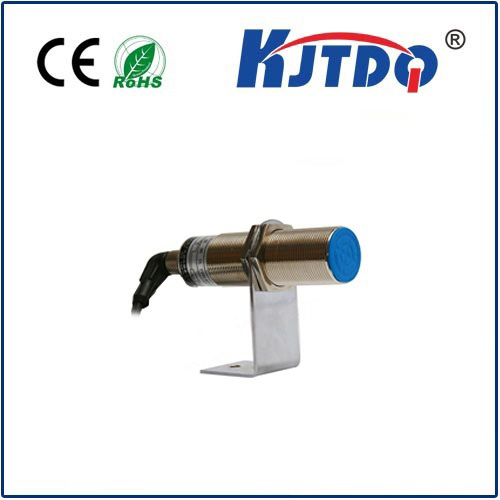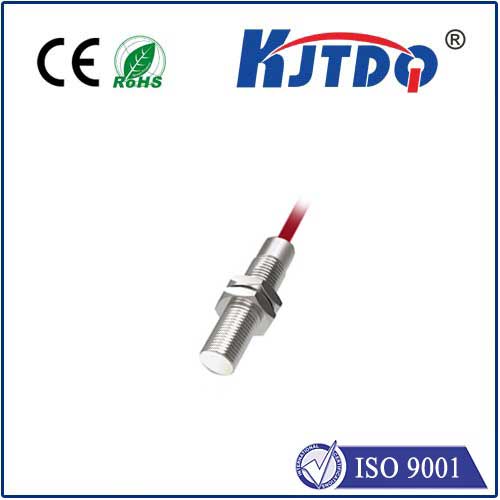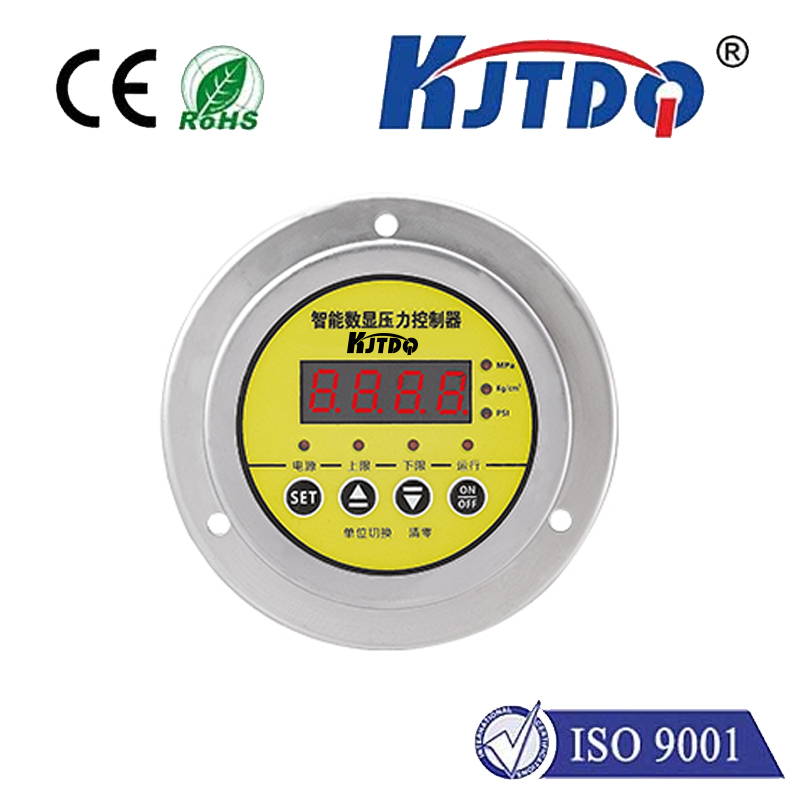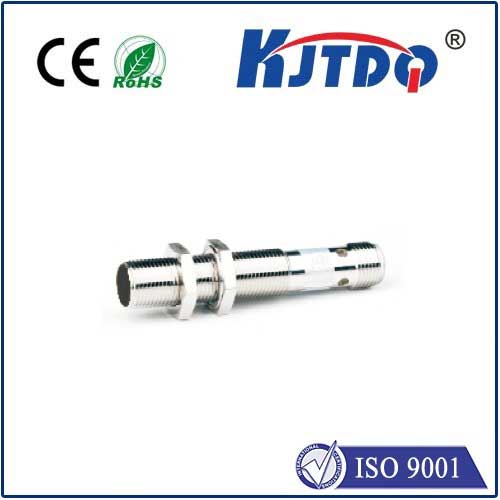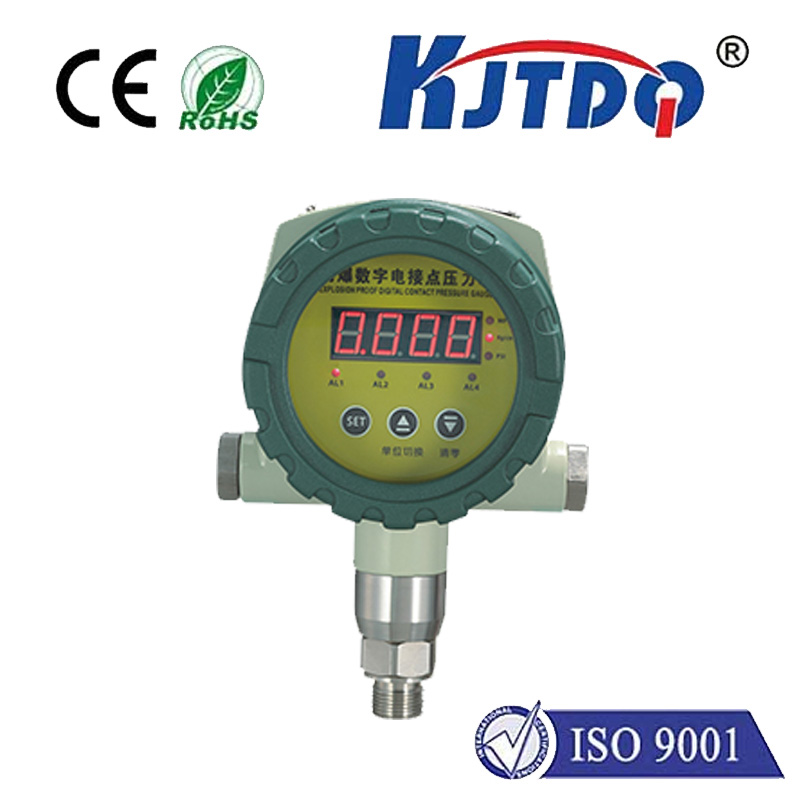
check

check

check

check
Exploring the Versatility of 4mm Proximity Sensors: Revolutionizing Modern Technology In today’s technological landscape, the role of sensors cannot be overstated. Among these, the 4mm proximity sensor stands out as a critical component in various industries due to its precision and reliability. This article delves into the significance, applications, and advantages of 4mm proximity sensors, highlighting their transformative impact on modern technology.
A 4mm proximity sensor is an essential electronic device designed to detect the presence or absence of an object within a specific distance without physical contact. Typically, these sensors operate based on principles such as capacitive, inductive, or optical sensing mechanisms. The “4mm” designation refers to the sensing range, which makes them ideal for short-range detection tasks. These sensors are widely appreciated for their compact size, accuracy, and versatility.
One of the primary reasons for the widespread adoption of 4mm proximity sensors is their broad applicability. Here are some key sectors where they play a pivotal role:
In industrial settings, proximity sensors are crucial for monitoring equipment performance and ensuring operational efficiency. They help in positioning components with high accuracy, thus enhancing productivity while minimizing downtime and maintenance costs.

The automotive industry relies heavily on proximity sensors for functions such as parking assistance, adaptive cruise control, and collision avoidance systems. Their ability to provide precise measurements at short distances ensures enhanced safety and convenience for drivers.
From smartphones to home appliances, proximity sensors contribute significantly to user experience enhancement. For instance, in smartphones, these sensors detect whether the device is being held close to the ear during calls, enabling automatic screen shutdown to prevent accidental inputs.
Several attributes make 4mm proximity sensors particularly advantageous:
These sensors offer exceptionally accurate readings even in challenging environments, making them dependable for critical applications where precision matters.
Their small size allows for integration into tight spaces without compromising functionality, which is vital for miniaturized devices and machinery.
Engineered to withstand harsh conditions, including extreme temperatures, humidity, and vibrations, these sensors ensure consistent performance over extended periods.
With standardized interfaces and mounting options, incorporating 4mm proximity sensors into existing systems or new designs is straightforward, facilitating rapid deployment and scalability.
As technology continues to advance, we can anticipate even more refined and capable proximity sensors. Innovations such as improved sensitivity, reduced power consumption, and enhanced connectivity features are likely on the horizon. This will further expand the potential applications of these sensors, driving progress across numerous fields. In conclusion, the 4mm proximity sensor is a testament to how specialized technology can drive significant advancements in various domains. Its blend of precision, compactness, and resilience makes it indispensable in the ever-evolving world of technology, promising continued innovation and efficiency enhancements in the years to come.
